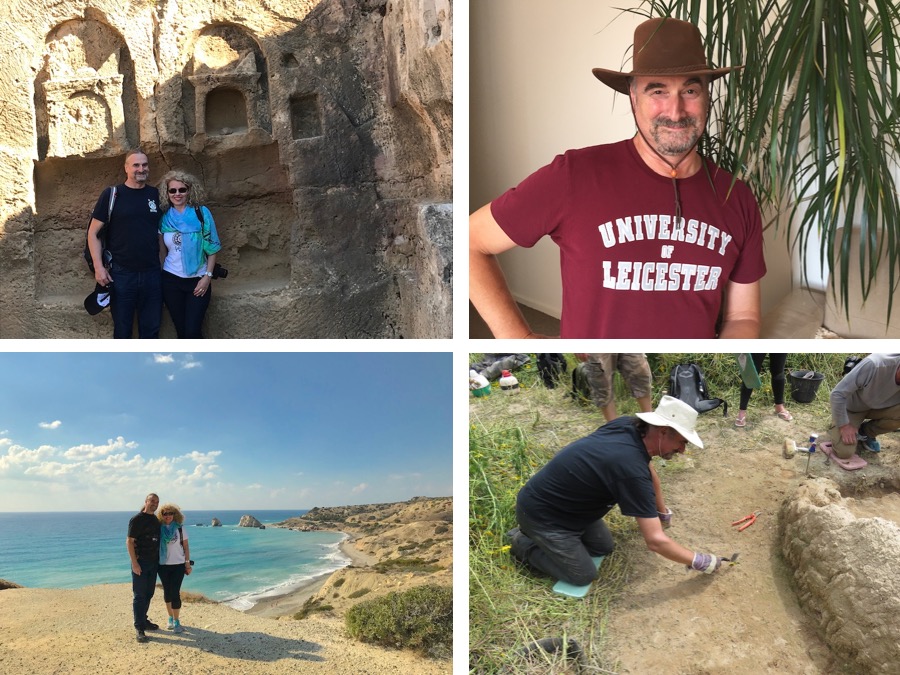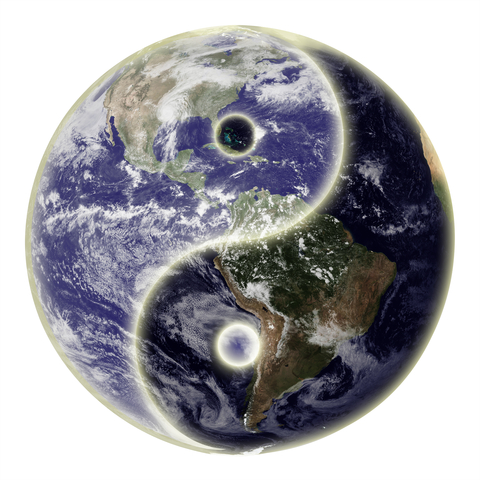Join a Multivocal Investigation: The Ancient Spirituality of Cyprus

- Have you ever wanted to be part of an Indiana Jones movie?
- Do you find yourself tuning in to ancient spirituality when you visit certain places?
No, we won’t be digging up anything (at least not that way). In my Research project done as part of my degree (BA in Archaeology and Ancient History) at Leicester University, I want to model (to use the NLP term) the ancient rituals of Aphrodite-Kypris, to make sense of them for our time. While you holiday in this magical world and experience our blend of NLP and Spirituality, we invite you to tune into the chants and drums of Europe’s oldest spirituality. Share your experience, and help us understand how the message of Earth’s eternal Love reveals itself to you in the very place from which that message, spread out under so many names: Wanassa, Kypris, Aphrodite, Asherah, Astarte, Ishtar, Isis, Mary. North of here at the 9,000 year-old archaeological site of Çatalhöyük in southern Turkey, Archaeologist Ian Hodder experimented with an archaeological “Multi-vocality” where people’s lived experience of the site helps us understand how humans in ancient times may have also interacted with it. The aim is to create an archaeology that is not just dissociated theory. He approached understanding of the past by inviting many voices into a chorus and he says “Some come to the site for a spiritual experience in a place they believe a Goddess was once worshipped, some want to do rituals, some have a political interest in how gender relations were configured differently in the past, some bring crystals and drums, some are ecofeminists…” (interviewed by New Zealand archaeologist Kathryn Rountree, 2007, p. 16). Whatever your experience, it is through human voices that we understand the human past.
Bring your voice to our Integration course in Cyprus, 2023
Rountree, K. 2007, “Archaeologists and Goddess Feminists at Çatalhöyük: An Experiment in Multivocality” Journal of Feminist Studies in Religion , Fall, 2007, Vol. 23, No. 2 (Fall, 2007), pp. 7-26
